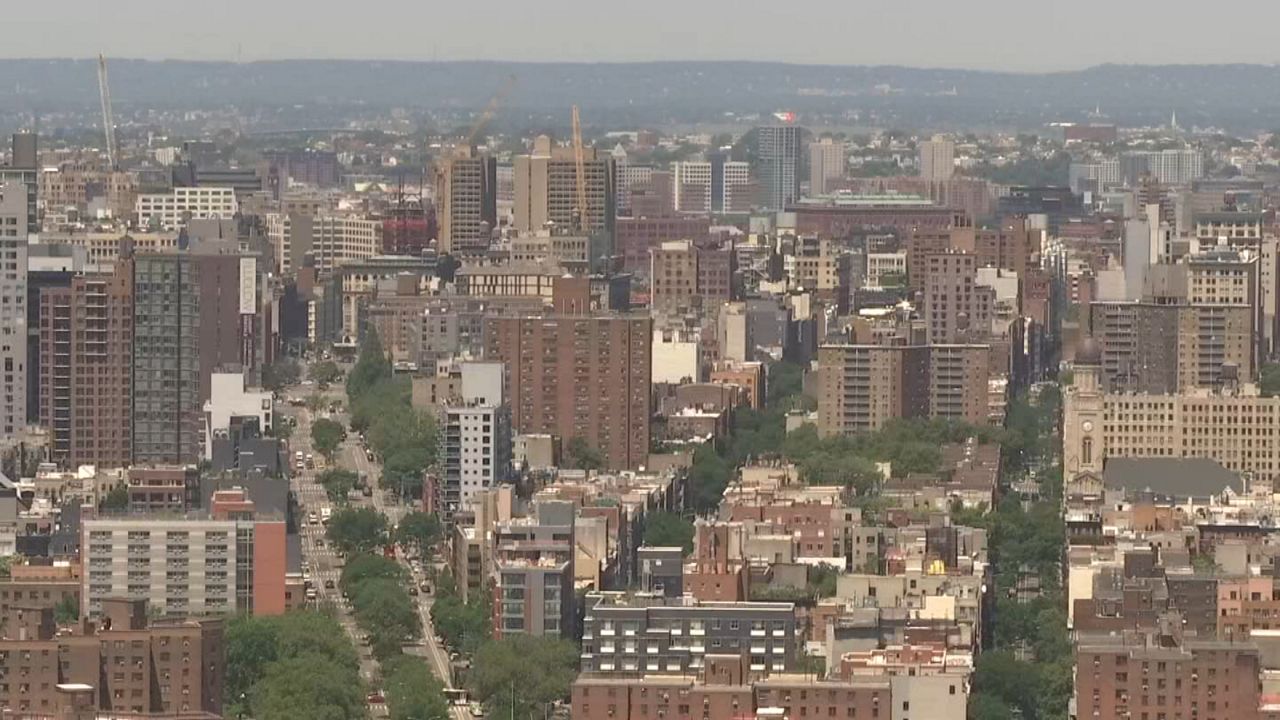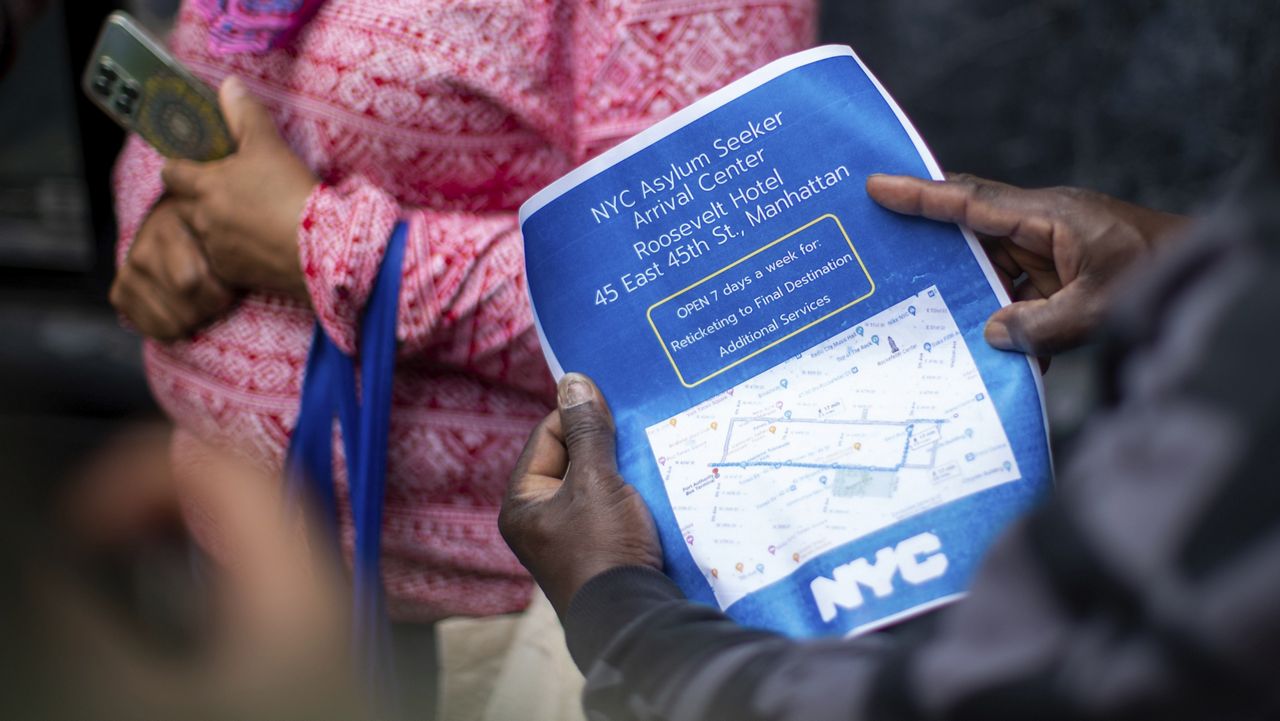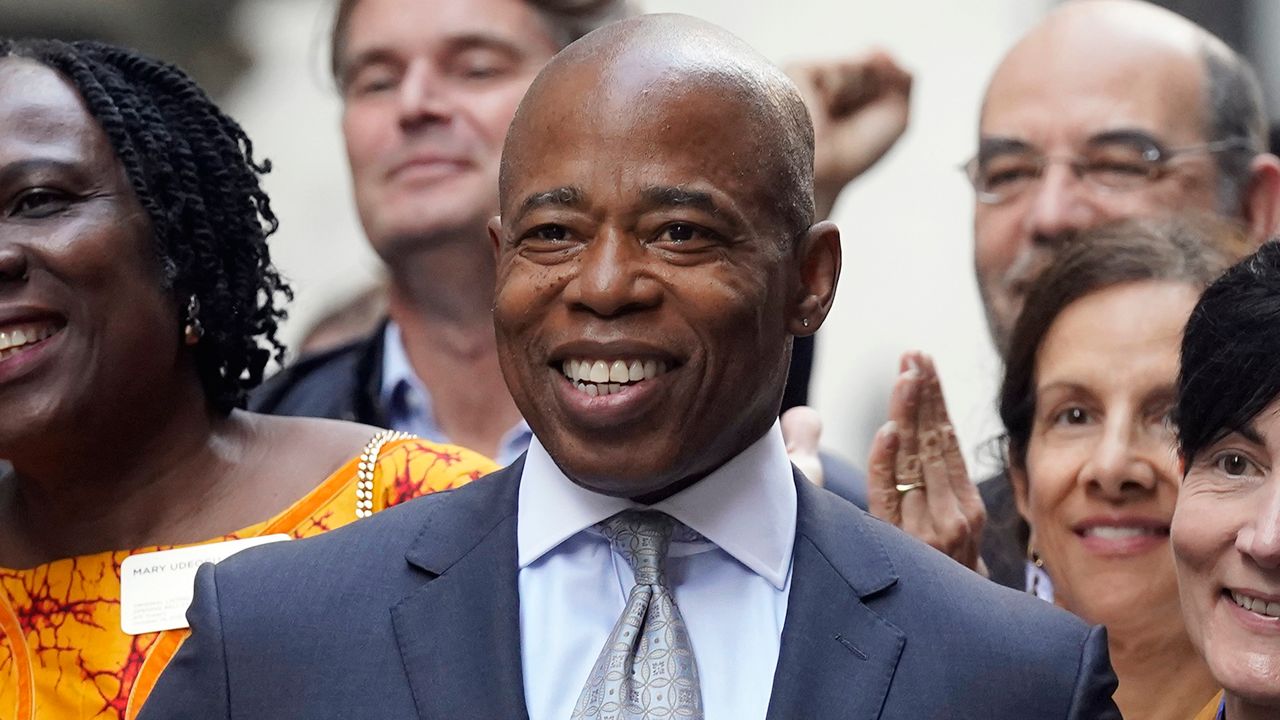A new report by the city Independent Budget Office is shedding light on the number of vacant rent-stabilized apartments in the city amid heated debates over whether landlords are deliberately refusing to rent out apartments.
Rent-stabilized apartments allow many New Yorkers to live in the city who otherwise wouldn’t be able to.
“My husband and I are both retired and on fixed incomes, so we’re able to stay because it is rent-stabilized,” said Susan, a Manhattan resident who asked NY1 not to use her last name.
There are nearly 900,000 rent-stabilized units in the city. Each year, a board limits how much landlords can raise rents. For almost all other city apartments, owners can charge whatever they want.
“The rents do go up a lot and it’s getting more and more difficult for people to find affordable housing,” Susan said.
The Independent Budget Office report shows that more than 13,000 rent-stabilized apartments were kept vacant in 2020-2021 for more than a year, about 1.5% of the city's stabilized housing stock.
Many landlords have complained that the cost of renovating long-occupied rent-stabilized apartments that become vacant is too expensive and wouldn’t be profitable.
The Independent Budget Office’s findings come after criticism by elected leaders and housing advocates that landlords are ”warehousing” tens of thousands of units to reduce supply to force legislative changes.
The Community Housing Improvement Program, which represents landlords, maintains that the number of rent-stabilized units left vacant will continue to increase because new state laws prevent owners from increasing rents enough to pay for required improvement.
The Independent Budget Office study shows most rent-stabilized apartments that become vacant are rented out within a year. That is a normal timetable, according to the agency.
“Just so people have a place to live,” Susan said. “You just have to look on the streets and you see. It’s sad.”




%20Pkg%20IBO%20Housing%20Report%20CG?wid=320&hei=180&$wide-bg$)


 CC Bk Unlawful Evictions)

